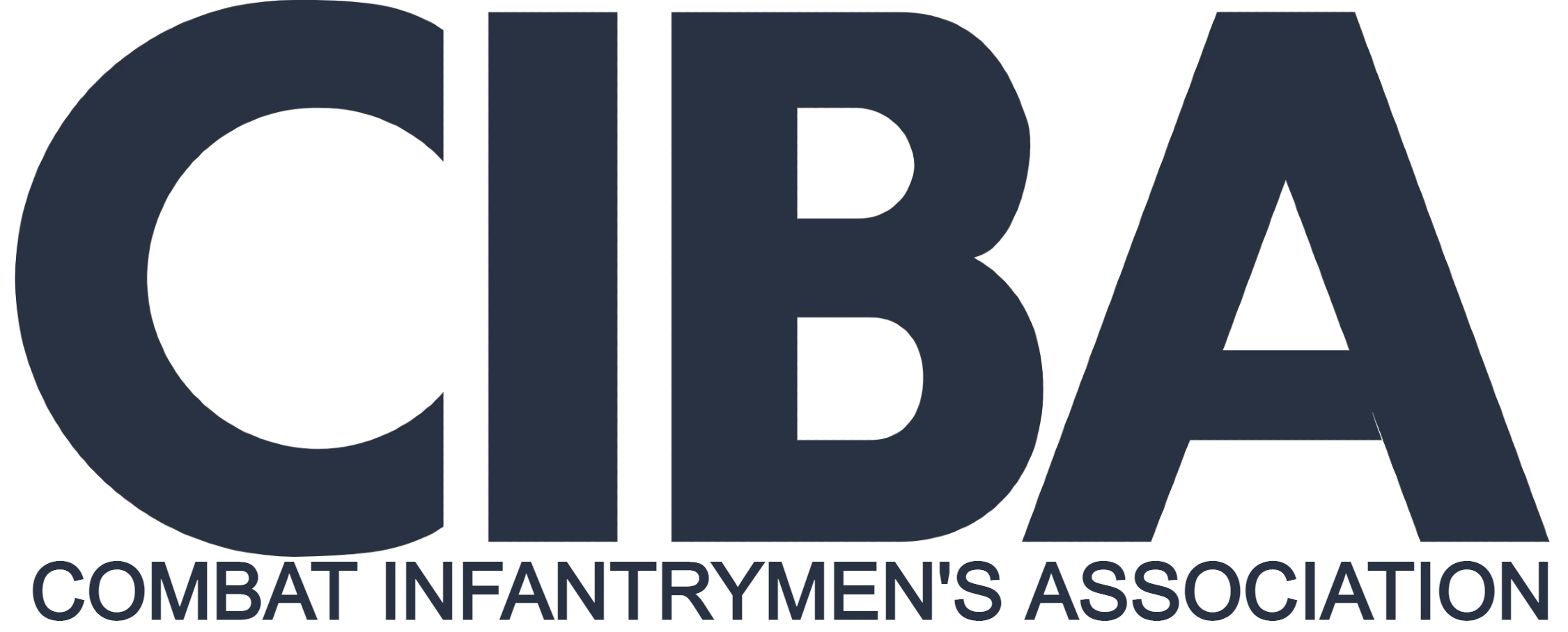The Army is rushing to push noncommissioned officers into its recruiting school after graduating only half the number of recruiters this year that the classes are capable of producing, according to service data reviewed by Military.com.
The eight-week Army Recruiter Course at Fort Knox, Kentucky, can train a maximum of 2,866 students across a total of 53 classes. However, data shows that it graduated only 1,336 in fiscal 2023, which concluded at the end of September.
A sudden and chaotic string of orders for NCOs to immediately fill 800 seats at the recruiting school has roiled the Army in recent days. On Monday, 200 of them started classes after being given a week’s notice, though some soldiers’ orders to the school were canceled due to media coverage and local chains of command that were irritated by the short notice.
Read Next: 2024 Top Veteran Employers
It’s not uncommon for military schools to miss student enrollment targets. But falling so significantly short set off alarms among Army planners that the service was losing far more recruiters than it was bringing in — amid one of the worst recruiting crises in recent memory.
As the number of soldiers responsible for getting more Americans to enlist drops dramatically, the Army remains locked in a historic struggle to bring in recruits, especially since the COVID-19 pandemic. It just reported coming up 10,000 soldiers short of its goal of 65,000 new troops over the past fiscal year. Last year, it missed a goal of 60,000 soldiers by 15,000.
The actual shortfall in manpower could be larger.
“We’re short 30,000 people in the active Army right now,” Sgt. Maj. Chris Stevens, the top enlisted leader for personnel policy, said on an Army livestream Saturday, referring to the total number of soldiers the Army needs at a minimum to fill the ranks. “That’s two divisions worth of people.”
Now, the Army wants to grow its recruiting school by involuntarily assigning soldiers to recruiting roles and introducing a desperate series of incentives to attract volunteers.
As part of that, it is set to expand the school in 2024 to graduate an additional 1,000 recruiters by increasing the total number of classes to 77, according to a service spokesperson. The school’s length is also set to be cut by two weeks.
The effort has already caused blowback within the Army. The frantic move to force NCOs into the program this month caught some in the top echelons of the force by surprise. The backlash spurred the service to pump the brakes on the December courses, shifting many of those no-notice orders to start in January.
Lt. Gen. Douglas Stitt, the service’s top personnel officer, apologized to soldiers and families for the scramble last week.
Meanwhile, to spur the needed surge in recruiters, service planners introduced a series of incentives, including a $5,000 cash bonus to those who attend the recruiting school by February. Others include unprecedented fast-track promotions — sergeants being automatically promoted to staff sergeant upon graduating recruiting school regardless of qualifications, with time-in-grade requirements being waived.
Staff sergeants may be promoted to sergeant first class after getting 24 applicants into basic training within one year — a move that has sparked some skepticism from the ranks and from Army staff. Some question whether it sets a troubling precedent for soldiers to effectively skip critical parts of their career by simply graduating from one school or satisfying a single metric.
In a mad dash to fill recruiting school slots, the service has also eliminated much of the screening for soldiers to be qualified to attend the recruiting school, in particular waiving the need to pass a fitness test or be in compliance with the Army’s body fat standards — commonplace criteria in virtually all of its other major schools.
Service officials have been quick to combat any perceptions of lowering standards.
“I will tell you we are not lowering the standards at all,” Command Sgt. Maj. Shade Munday, the top enlisted leader for U.S. Army Recruiting Command, said during the Army’s livestream, citing cases in which soldiers recovering from injuries may want to attend the recruiting course.
It’s unclear why service planners decided to fill the recruiting school so suddenly, forcing families to scramble for child and pet care, and likely plan for a long-distance move upon the soldier receiving their first recruiting assignment. The moves also come during the holiday season and in the middle of the school year.
The sudden orders reflect a failure by the Army to project the size of its recruiting force. The issue is at least partially related to the service’s relatively new Integrated Personnel and Pay System-Army, known as IPPS-A, which was intended to simplify and streamline its administrative processes. The platform has been marred by issues for years.
“There was an error in the way we were looking at gains and losses. We have measurements in place now to ensure that it doesn’t happen again,” Stevens said during the livestream.
— Steve Beynon can be reached at Steve.Beynon@military.com. Follow him on X @StevenBeynon.
Related: After Missing Recruiting Goals, Army Announces New Occupational Specialty to Increase the Ranks
Story Continues
Please rate this CIBA article
Vote






